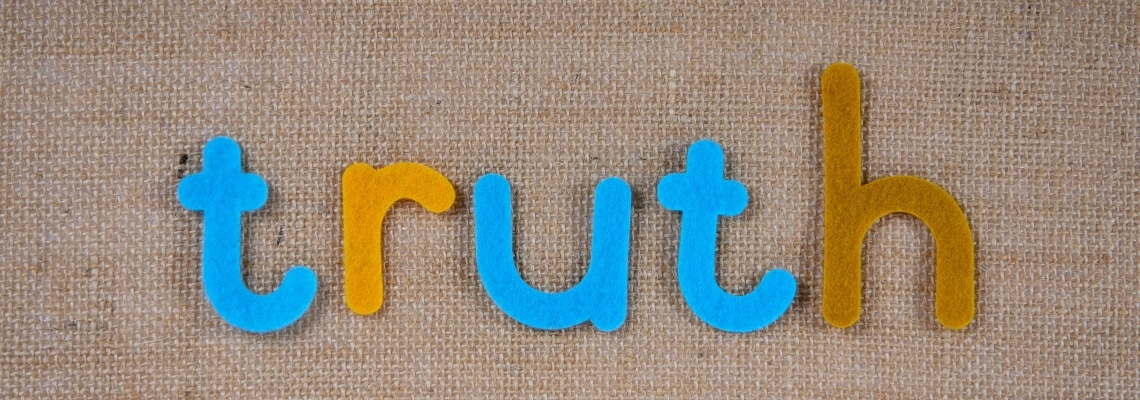A charity that launches a gifts in wills program needs to adopt organizational patience. It’s the recognition that it takes time for marketing to work and to secure those gifts in wills.
However, because charities are concerned about more immediate financial needs and because it takes time to work, they become impatient and disenchanted with the GiW program and its staff. We’ve all been there at one point or another, right?
Instead, charities need to understand that a GiW program is often a larger, more complex gift that involves a number of financial, tax, and estate-planning decisions. Often donors are assisted by a variety of advisors (financial, legal, accounting) as well as family members. Because there are many considerations involved in a gift in will, the decision to make the gift takes time. But once the gift is confirmed, research has demonstrated that the donor’s engagement increases and their regular giving increases (read Russell James’ study here).
Here are 5 truths about how a GiW program can transform your charity:
The program provides 5 decades of support
A successful gifts in wills program stabilizes and balances a development program. During economic downturns (as we observed this past year), regular, monthly and major gift programs may suffer. But GiW programs generally prosper since they don’t involve an immediate financial outlay from the donor, it focuses on gifts that will materialize in years to come. The reality is that organizations that fail to include GiW in their diversified fundraising program by focusing on current cash can shortchange their ability to produce larger, more substantial donations that must be nurtured and cultivated over time which may, in turn, cause them to lose financial support.
Gifts in wills programs are cost effective
We can deny the reality that there can be significant challenges for a staff member to learn and manage a gifts in wills program, not to mention the start-up costs for software, marketing, and staff education. But, there is often an excellent return on the organization’s investment for the program. Of course, this requires leadership to understand not to expect the impact to be seen within one or two years but as mentioned above, GiW programs are about the long game.
Eliminate competition among all fundraising channels
Research has already busted the myth that GiW programs diminishes support for the charity’s other fundraising programs. In fact, starting a GiW program can often show the cracks in the fundraising program, i.e.: lack of integration, silos, systems/data failures, unclear engagement tactics, etc. What a well-structured GiW program can do is elevate other fundraising channels by reimagining engagement and systems at the beginning and throughout the donor journey that will eventually enable the GiW program to succeed.
Champion the GiW program
Many professionals who wear a GiW hat also wear other development hats, which can dilute their efforts and eventually may lead charities, especially small ones, to become dissatisfied with the program. Gifts in wills programs often fail because no one is ultimately responsible for them (or it’s only a small percentage of their time). Ideally, have one person champion the gifts in wills program.
Train and engage with nonprofit staff
It’s inevitable that some staff may feel some trepidation about a GiW program – for various reasons. If gifts in wills haven’t been introduced to the charity’s staff, consider offering workshops throughout the year or include mini-trainings or teaching games as part of meetings. Using case studies is a great way to involve other staff members in the process. Once the staff is trained, encourage them to become proactive with donors and prospects.
Want to learn more about how to start or reboot a legacy program in your organization? Join the February cohort of our Online Legacy Bootcamp starting on February 9. You can reserve your spot today by adding yourself to our waiting list by visiting this page and look for the banner at the top of the page. Registration will open the week of January 15.


